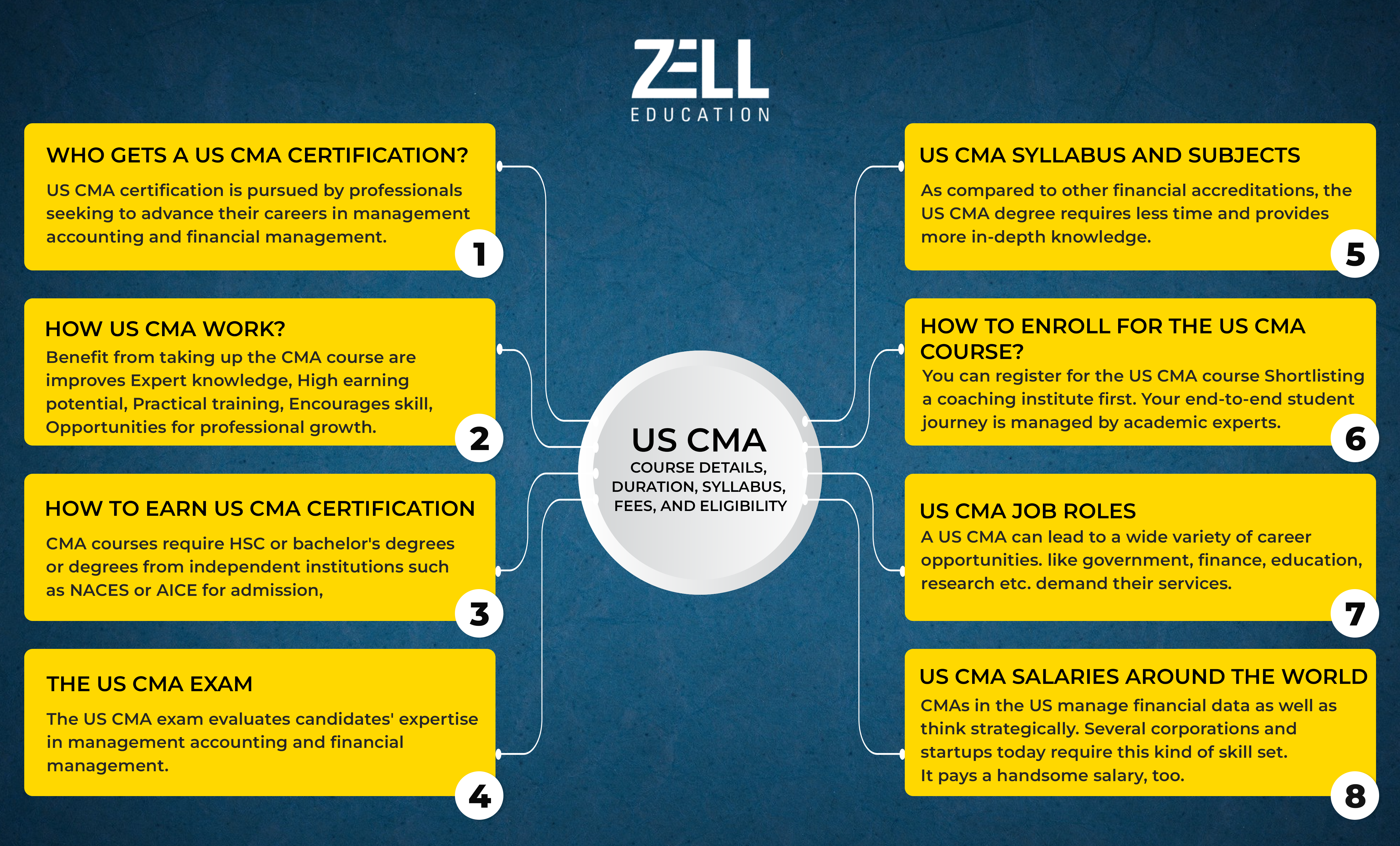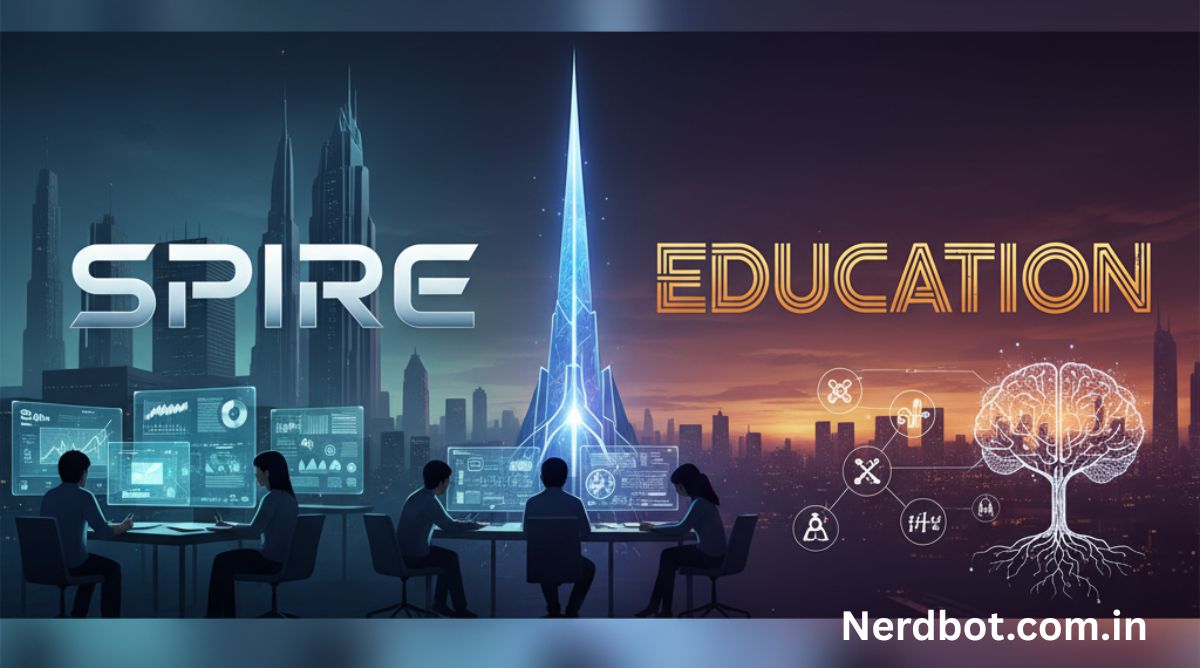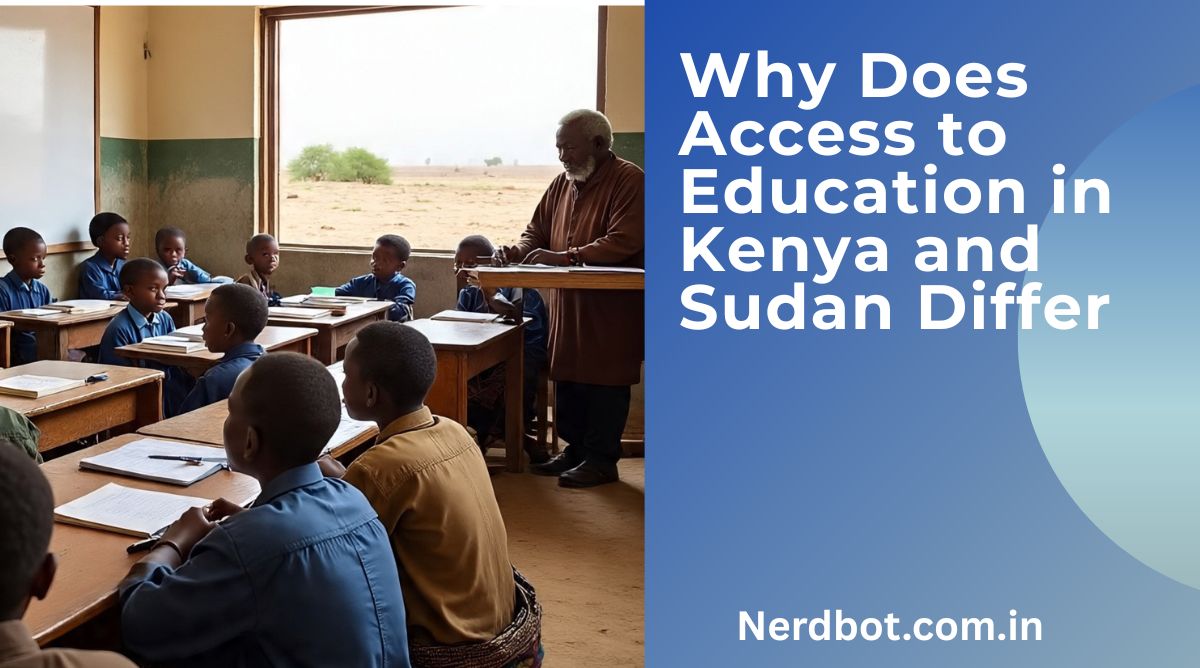Yes, a commerce student can become a pilot. While traditionally, a background in Physics and Mathematics was required for pilot training, recent developments have made the path more accessible to students from commerce and arts streams. The Directorate General of Civil Aviation (DGCA) in India is considering removing the mandatory requirement of Physics and Mathematics at the 10+2 level for obtaining a Commercial Pilot License (CPL), potentially opening the field to students from arts and commerce backgrounds.
Eligibility Criteria:
- Educational Qualification: Completion of 10+2 or equivalent. If you haven’t studied Physics and Mathematics, you may need to complete these subjects through recognized open schooling systems like the National Institute of Open Schooling (NIOS).
- Age: Minimum 17 years for a Student Pilot License; 18 years for a Commercial Pilot License.
- Medical Fitness: Class I medical certificate from a DGCA-approved medical examiner.
Steps to Become a Pilot:
- Complete Required Subjects (if necessary): Enroll in Physics and Mathematics courses through NIOS or equivalent if you haven’t studied them in 10+2.
- Obtain a Student Pilot License (SPL): This involves passing an oral examination and a medical test.
- Enroll in a Flying School: Choose a DGCA-approved flying school to begin your training.
- Obtain a Private Pilot License (PPL): Requires a minimum of 40 hours of flying.
- Obtain a Commercial Pilot License (CPL): Requires a minimum of 200 hours of flying and passing theoretical exams.
- Type Rating: Additional training to fly specific aircraft types, often required by airlines.
Cost Considerations:
The cost of obtaining a CPL in India ranges from ₹35 to ₹50 lakhs. This includes tuition fees, flying hours, and other associated costs. Scholarships and education loans are available to assist with financing.
Career Opportunities:
After obtaining a CPL and necessary type ratings, commerce students can pursue careers as commercial pilots in airlines, charter services, or corporate aviation. Continuous training and experience can lead to positions like Captain or Flight Instructor.
Conclusion:
While there were traditional barriers for commerce students aspiring to become pilots, evolving regulations and educational pathways have made this career more accessible. With determination, proper planning, and completion of required training, commerce students can successfully achieve their goal of becoming pilots.










